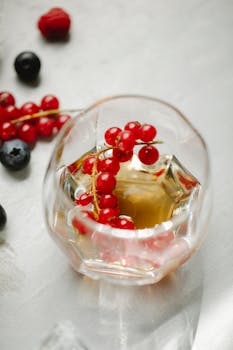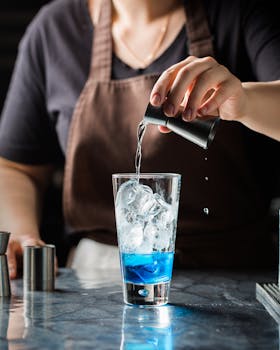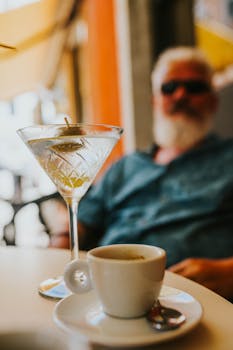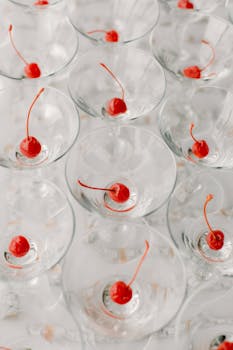Benefits
Cultural Significance
Versatility in Cocktails
Variety of Flavors
Get creative with vodka
Transforming vodka into a versatile culinary ingredient, it can be used to create a flambé, giving dishes a unique flavor while burning off the alcohol content
It also serves as a base for homemade extracts, like vanilla or citrus, by infusing the vodka with these flavors over a period
In the realm of desserts, vodka can be a secret ingredient in pie crusts, making them flakier due to its evaporation properties
Beyond the kitchen, vodka works wonders as a natural disinfectant for surfaces and can be mixed with essential oils to create custom, homemade cleaning solutions
Lastly, in the beauty and personal care world, vodka acts as an astringent in homemade skincare recipes, helping tighten pores and cleanse the skin
Something you can make with vodka
Origin
Vodka is believed to have originated in Eastern Europe, specifically in the regions of Russia and Poland. The exact origins of vodka are unclear and debated, but it is believed to have been produced in these regions as early as the 9th century. The word \"vodka\" itself is derived from the Slavic word \"voda,\" meaning water.\n\nIn Russia, vodka production has a long history and is deeply ingrained in the culture. It was traditionally made from fermented grains such as wheat, rye, or barley. The production process involves distilling the fermented grains to obtain a high-proof spirit, which is then diluted with water to achieve the desired alcohol content.\n\nIn Poland, vodka production also has a lengthy history, with its origins dating back to the 8th century. Polish vodka, known as \"wódka,\" is typically made from grains like rye or potatoes. It is known for its high quality and is often associated with Polish traditions and celebrations.\n\nOver time, vodka




